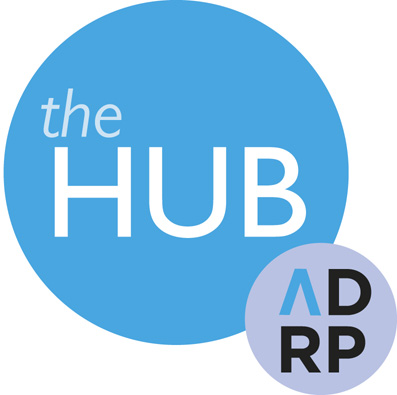 How Donor Relations is Like Managing a Kindergarten Class How Donor Relations is Like Managing a Kindergarten Class
Krystina Wales
Director of Stewardship & Donor Relations
GBMC HealthCare
If the thought of 20 five-year-olds running around vying for your attention makes you cautious, donor relations might not be for you …
1. There are different learning levels and different personality types to manage
Donors have different needs. Those needs depend on their level of giving, the purpose of their gift and, at times, what generation they are from. Donor relations professionals must be adaptable to delivering the same message in various ways and on different mediums. To us, it might feel as if we are communicating the same thing on repeat. But, most likely, one donor won't see the same message 20 times; they will only see it on the platform that resonates most for them, which means communicating through direct mail, email and social media, newsletters and video are all surefire ways to ensure what you are trying to say is heard.
2. Planning is essential, but so is flexibility
A kindergarten teacher would never get through the day without a detailed plan to keep kids focused, but with 20 independent minds running the show, that plan is bound to derail slightly. It's important for donor relations professionals to look ahead at the start of the fiscal year to all of the potential ways to steward donors – both automated and personalized – to keep their own calendars on track. But at the same time, opportunities arise that require donor relations to step in and capitalize. Great news about the organization warrants a share. A donor steps up in a big way and requires some extra special attention. A change in leadership requires communication. Whatever it is, donor relations needs to be ready.
3. There is an art to keeping activities interesting to keep kids/donors engaged
Donors give because they are invested in an organization and its mission. While some give once and move on, those who continue to give annually will eventually tire of the same acknowledgement and the same chicken/potatoes at your gala event. Keeping communications and events fresh and interesting will keep donors engaged with your organization for decades. Conferences and other resources like ADRP are important in keeping up with trends and best practices in these areas. But trust your gut as well and, most importantly, listen to your donors. Each subset and area is different. Learn what is important to your donors so you can customize stewardship that will wow and impress them, but also be meaningful.
4. Engaging and fun activities fill your Pinterest board! But is there enough time to complete them?
You are only one person! Project management is key for donor relations professionals in managing competing priorities and personalities of the donor community, the board and your leadership's expectations. Just as a kindergarten teacher needs to consider how much time she has allotted for each activity, donor relations professionals need to consider what projects are going to be the most productive use of their time and yield the best ROI for the organization. Consider creating a spreadsheet to track stewardship activities throughout the year. Break them down by type (events, direct mail, electronic) as well as by month to make sure your interactions are spread evenly throughout the year, and also that you have a mix of different types.

Back to the November 2018 Hub
|